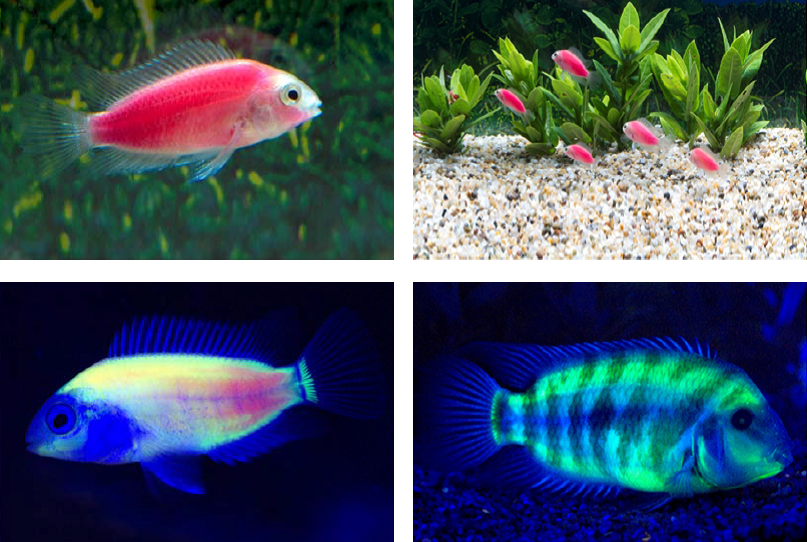抗微生物胜肽與海洋生物技術實驗室
-

- 專長:Antimicrobial peptides, Marine biotechnology
- 信箱:zoocjy@gate.sinica.edu.tw
- 電話:03-9880544 ext.15
- 位置:B103/MRS

- Jan 2011~ now. Peptides
- Nov 2010~Dec 2014. Molecular & Cellular Toxicology
- April 2017~now. Genomics & Informatics ( https://genominfo.org/about/editorial.php )
- July 9, 2020. Guest editor for the open access journal Marine Drugs (ISSN 1660-3397). Special Issue ‘Marine Antimicrobial Peptide’ invited from MDPI Branch Office.
- Jan 20, 2022. Guest editor for the Frontiers in Bioscience-Landmark. Special Issue ‘Antimicrobial Peptide’.
- 2011, National Innovation Award (2011年第八屆國家新創獎)
- 2011, The 4th SF Yang Bioagricultural Young Scientist Awardees (2011) (2011年楊祥發院士傑出農業科學年輕學者獎)
- 2012, National Innovation Award (2012 年第九屆國家新創獎)
- 2013, Taiwan Healthcare and Agricultural Biotech Industries Innovation and Excellence Awards (2013年,生醫暨生農產業選秀大賽,潛力新秀獎)
- 2013, Bio Taipei Awards (2013台北生技獎,產學合作獎,銀獎,中央研究院細胞與個體生物學研究所臨海研究站 (中大型螢光觀賞魚之開發))
- 2013年臺灣登豐獎,中央研究院細胞與個體生物學研究所臨海研究站 (中大型螢光觀賞魚之開發)
- 2014, Taiwan Healthcare and Agricultural Biotech Industries Innovation and Excellence Awards (2014年,生醫暨生農產業選秀大賽,潛力新秀獎)
- 2014年6月4日科技部主動召開新聞記者會介紹"中大型螢光觀賞魚之開發 "
- 2019, National Innovation Award (2019 年第十六屆國家新創獎(魚類胜肽(pardaxin)在治療寵物腫瘤上之商品開發))
- 2019年國家新創精進獎 (基因轉殖中型螢光觀賞魚之研發)
- 2020 科技大觀園,《水族新寵 螢光魚》影片
- 2020 未來科技獎 (2020 Future Tech Award)
- 2020, National Innovation Award (2020年第17屆國家新創獎)
- Dec 2020 ~ Dec 2022, director in chief of Taiwan Marine Biotechnology Society (理事長,臺灣海洋生物技術學會)
- 2021, National Innovation Award (2021年第18屆國家新創獎(抗菌胜肽在飼料添加物開發商品化之應用
| 姓名 | 職稱 | 電話 | 備註 | |
|---|---|---|---|---|
| 陳志毅 | 研究員 | 03-9880544(15) | zoocjy@gate.sinica.edu.tw | |
| 葉日兆 | 博士後研究員 | 03-9880544(16) | jihchao@gmail.com | |
| 林玟君 | 研究助理 | 03-9880544(23) | hagirl19@gmail.com | |
| 游明峰 | 研究助理 | 03-9880544(16) | b9611869@yahoo.com.tw | |
| Sanjay Prasad Selvaraj | 博士生 | 03-9880544(52) | sanjayprazad18@gmail.com |
1. Abhishek Negi, Jyh-Yih Chen*. Modulating the gut microbiome-immune axis in shrimp: Use of probiotics to enhance disease resistance. Aquaculture. 2026;612:743214. *Corresponding author
2. Hsi-Wen Hung, Abhishek Negi, Jiunn-Wang Liao, Bor-Ling Shih, Tsung-Yu Lee, Zhi-Hong Wen, Jyh-Yih Chen*. Encapsulated deep-sea Lactococcus L25_4 promotes broiler metabolic efficiency, immune modulation, and meat quality preservation. Innovative Food Science & Emerging Technologies. 2026 (in press) *Corresponding author
3. Sanjay Prasad Selvaraj, Ju-Chun Chang, Karukuvelraja Raja, Jing-Ting Zsu, Prakash Kishore Hazam, Wen-Chun Lin, Jung-Ren-Huang*, Tsung-Lin Li*, Jyh-Yih Chen*. Novel self-assembled antimicrobial peptide Pardaxin hydrogel as a functional biomaterial for food packaging and preservation. Chemical Engineering Journal. 2025;525:170727. *Corresponding author
4. Abhishek Negi, Bal Govind Yadav, Aakanksha, Chia-Wei Kuo, Prakash Kishore Hazam, Wen-Chun Lin, Ooi-Kock The, Jyh-Yih Chen*. A Deep-Sea probiotic platform: dual-function biopreservation for aquaculture immunomodulation and meat shelf-life extension. Innovative Food Science & Emerging Technologies. 2025;104:104107. *Corresponding author
5. Wen-Chun Lin, Ming-Feng You, Yun-Ru Chen, Jyh-Yih Chen*. Optimized TPL6 Peptide Gel Exhibits Broad-Spectrum Antimicrobial Activity and Effectively Treats Drug-Resistant Wound Infections in Diabetic Mice. Advanced Healthcare Materials. 2025 Nov 21:e03863. *Corresponding author
6. Abhishek Negi, Chia-Wei Kuo, Prakash Kishore Hazam, Jih-Chao Yeh, Wen-Chun Lin, Yuan-Chao Lou, Chao-Yuan Yu, Tsai-Luen Yu, Tsai-Ming Lu, Jyh-Yih Chen*. Disruption of MRSA Biofilm and Virulence by Deep-Sea Probiotics: Impacts on Energy Metabolism and Host Antimicrobial Peptides. Probiotics and Antimicrobial Proteins. 2025 Aug;17(4):2394-2416. *Corresponding author
7. Jih-Chao Yeh, Chin-Hao Yang, Prakash Kishore Hazam, Sanjay Prasad Selvaraj, You-Ying Lin, Chu-Yi Hsieh, Je-Wen Liou, Jyh-Yih Chen*. Combination of antimicrobial peptide and clinical antibiotic shows enhanced potency toward Acinetobacter baumannii infection. European Journal of Pharmacology. 2025 Jul 15;999:177683. *Corresponding author
Book
Venugopal Rajanbabu, Jyh-Yih Chen**, Jen-Leih Wu# (2015) Chapter 13. Antimicrobial peptides from marine organisms. In Handbook of Marine Biotechnology (ed., Kim, S.-K.), Springer. pp 747-758. ** Corresponding author. # Corresponding author.

